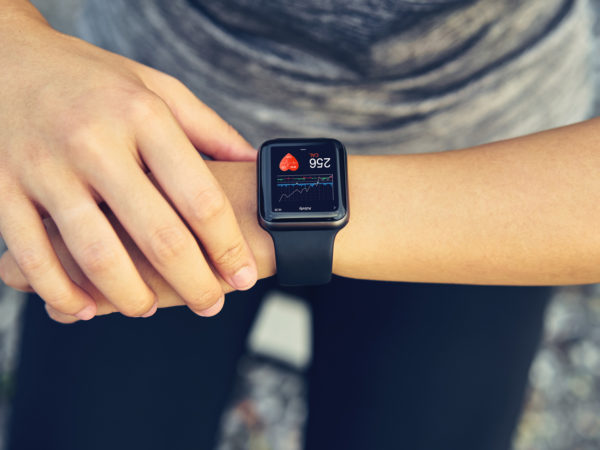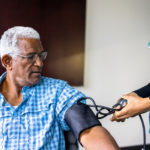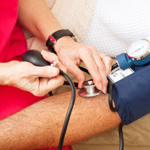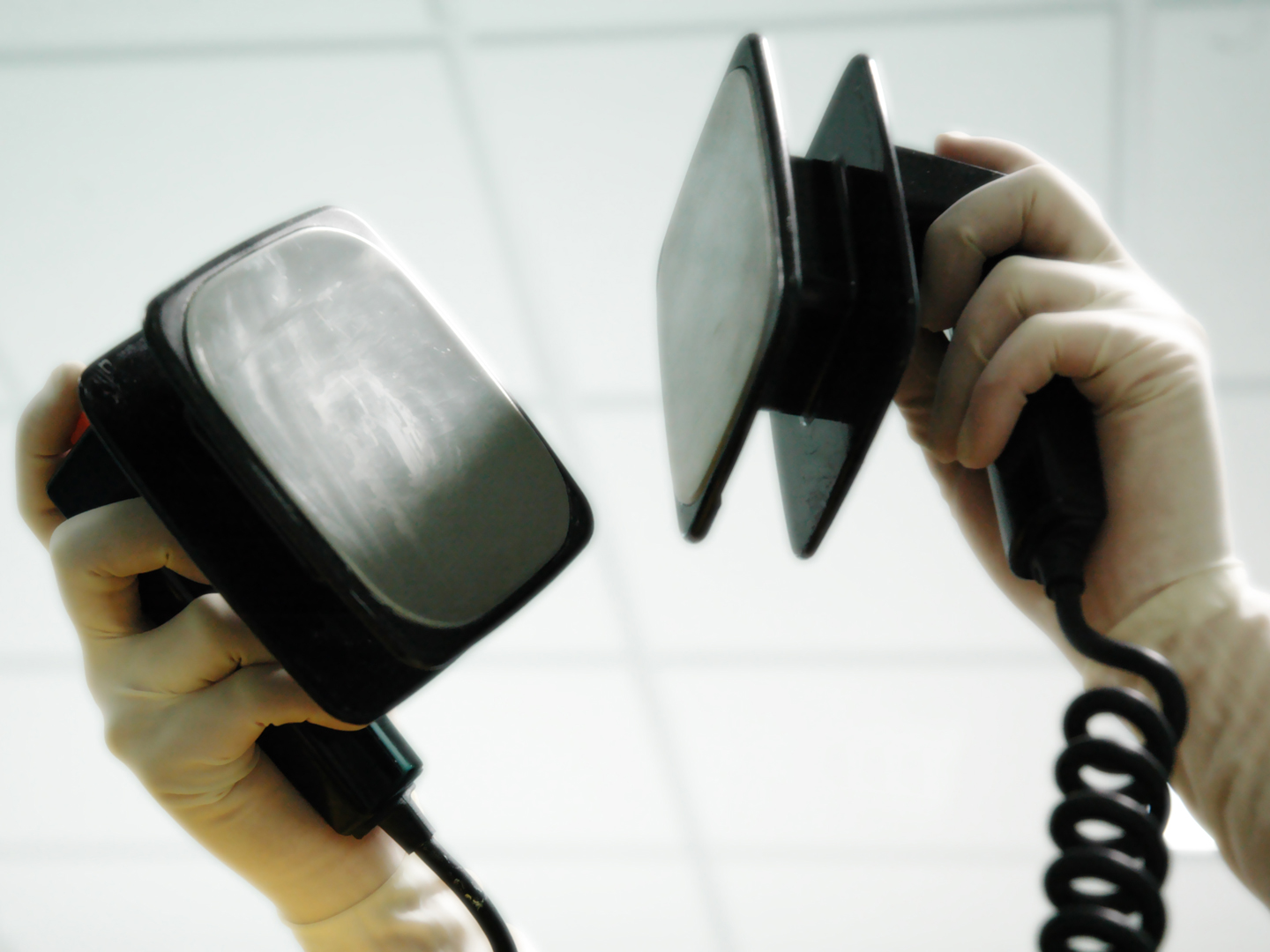Heart Beating Too Fast?
I suffer from a supraventricular reentry tachycardia. The doctors find nothing else is wrong with my heart. This tachycardia can occur at any moment. I watch every move not to provoke another attack. The only choices I have are an operation (ablation) or medication. Is there anything else I can do?
Andrew Weil, M.D. | January 31, 2024

Supraventricular reentry tachycardia is an arrhythmia, an abnormal heartbeat. The word “tachycardia” signifies that the heartbeat is faster than the normal 50 to 100 beats per minute. “Supraventricular” indicates that the tachycardia involves the upper chambers of the heart (the atria), and “reentry” refers to the circuitous path of the electrical impulses that cause the arrhythmia. This problem usually arises from abnormal electrical connections in the heart that short-circuit the usual conduction pathways. Instead of a one-way impulse, these alternate pathways create a “loop” of current that keeps sending impulses back into the atria, causing them to beat faster than normal. The heart gets less chance to rest when it’s beating like this.
Symptoms of tachycardia can include palpitations, dizziness, lightheadedness and fainting.
Before you consider either surgery or medication, I would recommend my relaxing breath, which is the best method I know to prevent non-threatening episodes of rapid heartbeat such as yours and to stabilize the heart. Here’s how:
- Sit up, with your back straight (eventually you’ll be able to do this exercise in any position).
- Place your tongue against the ridge of tissue just behind your upper front teeth and keep it there throughout the exercise.
- Exhale completely through your mouth, making a whoosh sound.
- Close your mouth and inhale quietly through your nose to a mental count of four.
- Hold your breath for a count of seven.
- Exhale completely through your mouth, making a whoosh sound to a count of eight.
- Repeat this cycle three more times for a total of four breaths.
Try to do this breathing exercise at least twice a day. You can repeat the whole sequence as often as you wish, but don’t do it more than four breaths at one time for the first month of practice. This exercise is fairly intense and has a profound effect on the nervous system. Adding more breaths is neither necessary nor better for you. Once you have practiced this, do it as soon as you become aware of an episode of tachycardia. In most cases, it will end the arrhythmia promptly. You also should make these lifestyle changes:
- If you smoke, stop.
- Limit alcohol consumption.
- Avoid caffeine (check any nonprescription drugs you take for caffeine content).
- Avoid stimulants in cough and cold medications and any supplements you may take.
- Avoid activities that seem to bring on your symptoms.
- Take supplemental magnesium: 500 mg twice a day of magnesium citrate, glycinate, or chelate. If this causes a laxative effect, add some calcium citrate to maintain normal bowel function.
Andrew Weil, M.D.
Originally Posted November 2006. Updated January 2024.












